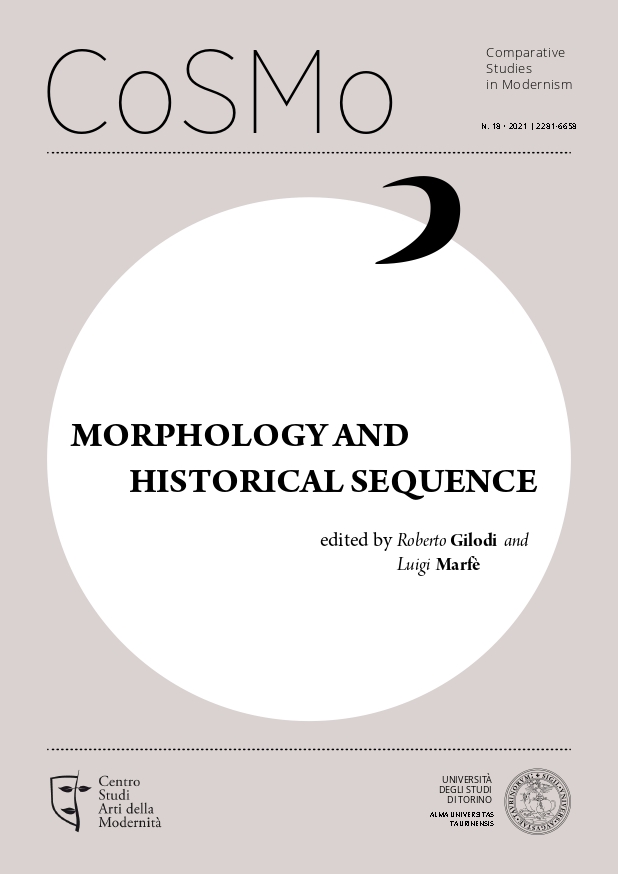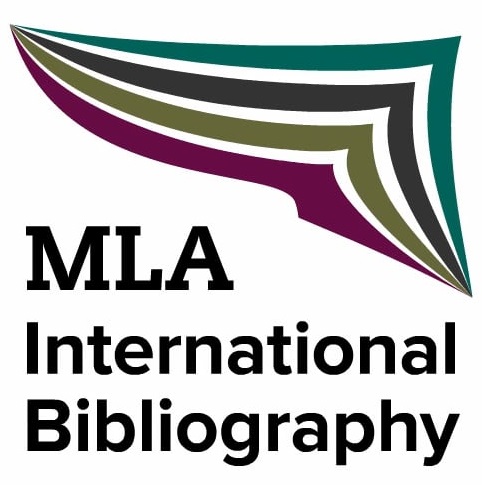Callidae iuncturae
Schemi della percezione nella poesia figurata
DOI:
https://doi.org/10.13135/2281-6658/5910Parole chiave:
Technopaegnion, Carmen figuratum, Concrete Poetry, Gestalt, Visual StudiesAbstract
The desire or the need to elaborate poetry in graphic or iconic form has manifested itself in various cultures in different parts of the world and in different periods of history, so much so as to cause genuine semiotic interference. The Alexandrian technopaegnion, the medieval pattern poem, calligrams and twentieth-century concrete poetry all share schemes, logics and solutions that seem to exclude any conditioning caused by their cultural context. In his seminal study La parola dipinta (1981), Giovanni Pozzi examines the different logo-iconic experiences in a single critical perspective, despite, as he himself points out, there being no relationship of historical or cultural continuity or stylistic derivation among them. A morphological approach is therefore fundamental in order to identify their ‘elective affinities’ and formulate hypotheses about the reasons for their recurrence. Starting from Pozzi’s reflections, this text integrates the theories of Gyorgy Kepes, Rudolf Arnheim and Ernst Gombrich about the schematism of visual perception in order to focus on the logo-iconic configuration that are consistent across various eras and identifies the connections with the perceptual conditions in creative relationships with the written page. In the light of a certain physical connaturality of writing and drawing (also noted by Pozzi) and of the measured nature of poetic text, this paper seeks to demonstrate how, despite the discontinuous and irregular nature of their appearance, logo-iconic instances are not an attempt to force the poetry, but rather are attempts to reveal the deepest nature of the written poetry itself.
Downloads
##submission.downloads##
Pubblicato
Fascicolo
Sezione
Licenza
Gli autori mantengono i diritti sulla loro opera e cedono alla rivista il diritto di prima pubblicazione dell'opera, contemporaneamente licenziata sotto una Licenza Creative Commons - Attribuzione che permette ad altri di condividere l'opera indicando la paternità intellettuale e la prima pubblicazione su questa rivista.






